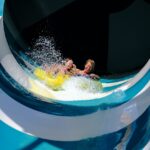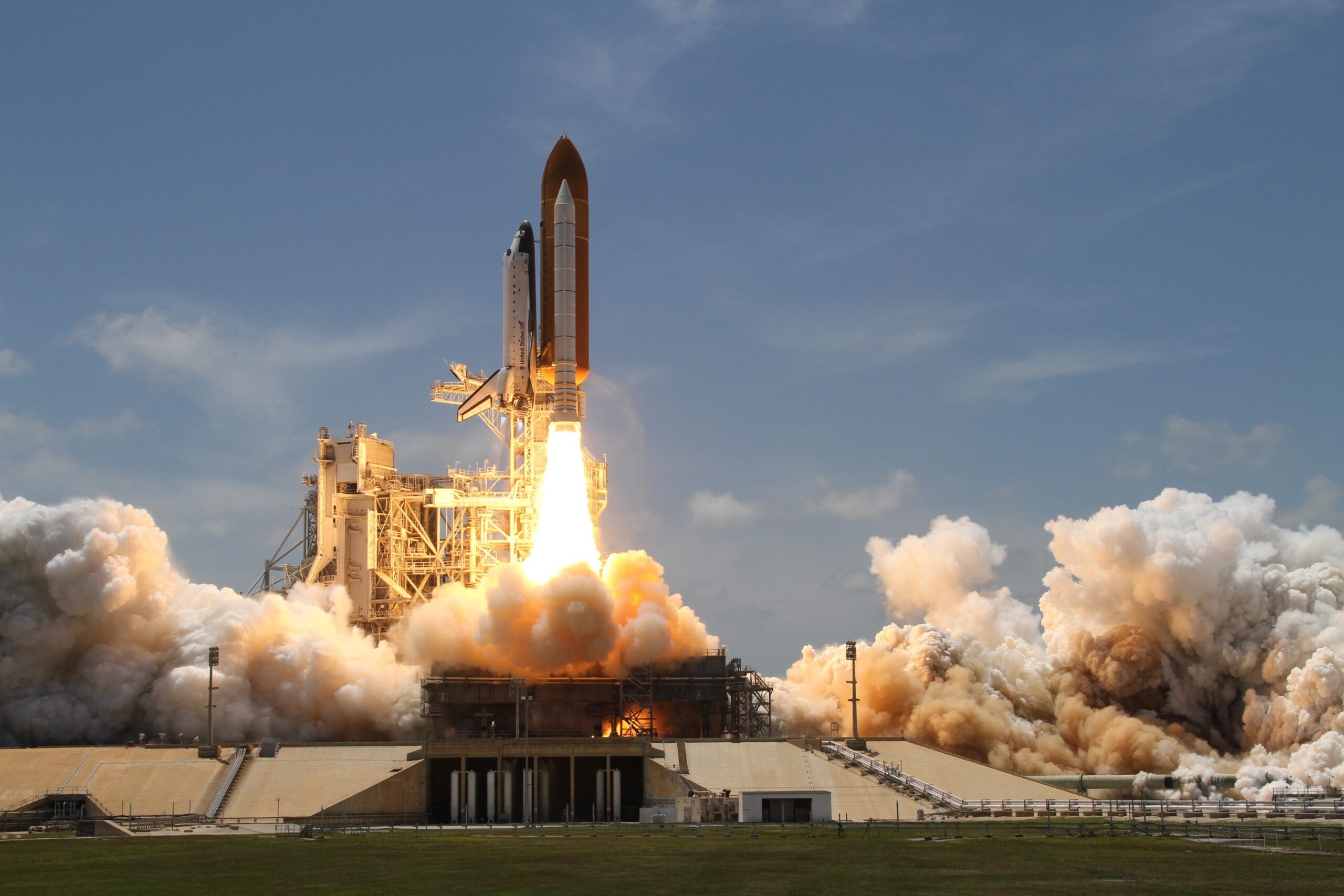The culmination of an ambitious space mission took place off Florida’s coast on Monday. Four astronauts from the Crew-6 mission, having spent half a year on the International Space Station (ISS), marked their safe return to Earth, splashing down in their SpaceX Crew Dragon capsule.
The Intricacies of Their Return Journey
The process of returning from the vastness of space is no simple feat. Let’s break down the pivotal moments:
- Departure: The break of dawn on Sunday saw the Crew Dragon capsule disengage from the space station at 7:05 am ET.
- Orbiting: Post departure, the crew spent hours navigating Earth’s orbit, steering their 13-foot-wide vessel towards Jacksonville, Florida.
- Re-entry: The spacecraft met Earth’s atmosphere shortly after midnight ET, accelerating to staggering speeds of over 17,000 mph (27,000 km/h).
- Atmospheric Challenges: During re-entry, the Crew Dragon’s exterior combated immense heat, facing temperatures up to 3,500 degrees Fahrenheit (1,900 degrees Celsius). In stark contrast, the crew inside remained under the protection of a meticulously designed heat shield, ensuring their environment didn’t exceed a comfortable 100 degrees Fahrenheit (37.8 degrees Celsius).
- Landing: The capsule’s descent was moderated with the deployment of parachutes. Once grounded, waiting rescue teams executed a flawless retrieval operation, moving the capsule to the “Dragon’s nest” boat for safety evaluations.
Spotlight on the Crew-6 Team
The Crew-6 mission brought together an eclectic mix of professionals from around the globe:
- Stephen Bowen (NASA)
- Warren “Woody” Hoburg (NASA)
- Sultan Alneyadi (UAE)
- Andrey Fedyaev (Russia)
After their launch in March, this quartet immersed themselves in the wonders and challenges of space. They seamlessly transitioned their duties to the Crew-7 team, who joined them on the ISS on August 27.
A Legacy of Achievement: Crew-6’s Contributions
Their six-month tenure wasn’t merely about dwelling in space; it was marked by unprecedented scientific ventures and exploration.
“Our mission was filled with accomplishments. With two SpaceX cargo vehicles visiting, CRS-27 and 28, we had a plethora of science experiments at our disposal. Our team also embarked on three spacewalks, expanding our understanding of the vastness around us,” shared Hoburg during an August 23 press conference.
Furthermore, they collaborated with the Axiom Mission 2 crew, which included a former NASA astronaut, an American entrepreneur, and two astronauts from Saudi Arabia. This collaboration symbolized the dawn of a new era, with NASA aiming to enhance commercial activities in low-Earth orbit, making space more accessible than ever.
Crew-6’s Expedition: By The Numbers
Let’s quantify their impressive journey:
- Time in Orbit: An impressive 186 days.
- Distance Covered: A staggering 78,875,292 miles.
- Earth Orbits: A total of 2,976 orbits, offering them unparalleled perspectives of our home planet.
Beyond the Numbers: Further Innovations and Explorations
The Crew-6 astronauts explored myriad dimensions of space research. Their achievements ranged from performing spacewalks for the installation of the advanced IROSAs to embarking on cutting-edge experiments. Their initiatives included a student-led robotic challenge, analyzing genetic alterations in plants due to the unique conditions of space, and scrutinizing the effects of microgravity on human health. Their explorative spirit was further exemplified by launching Saskatchewan’s pioneering satellite, which aimed to revolutionize radiation detection through a system inspired by melanin – a pigment found in numerous organisms, including humans.
The Bigger Picture: Significance & Future Endeavours
The Endeavour, the Dragon spacecraft that housed our Crew-6 heroes, will undergo rigorous inspections at SpaceX’s Cape Canaveral facility. This mission, being the spacecraft’s fourth, marks a critical milestone in NASA’s illustrious Commercial Crew Program. With Crew-7 already aboard the ISS since August 27, the spirit of exploration is very much alive and vibrant.
NASA’s long-term vision transcends routine ISS visits. The organization envisions affordable, efficient transport to the ISS, thereby maximizing research time and discovery potential. This aspiration forms the bedrock for grander expeditions, pushing the frontiers of human knowledge and capabilities, from the Moon to Mars and beyond.










